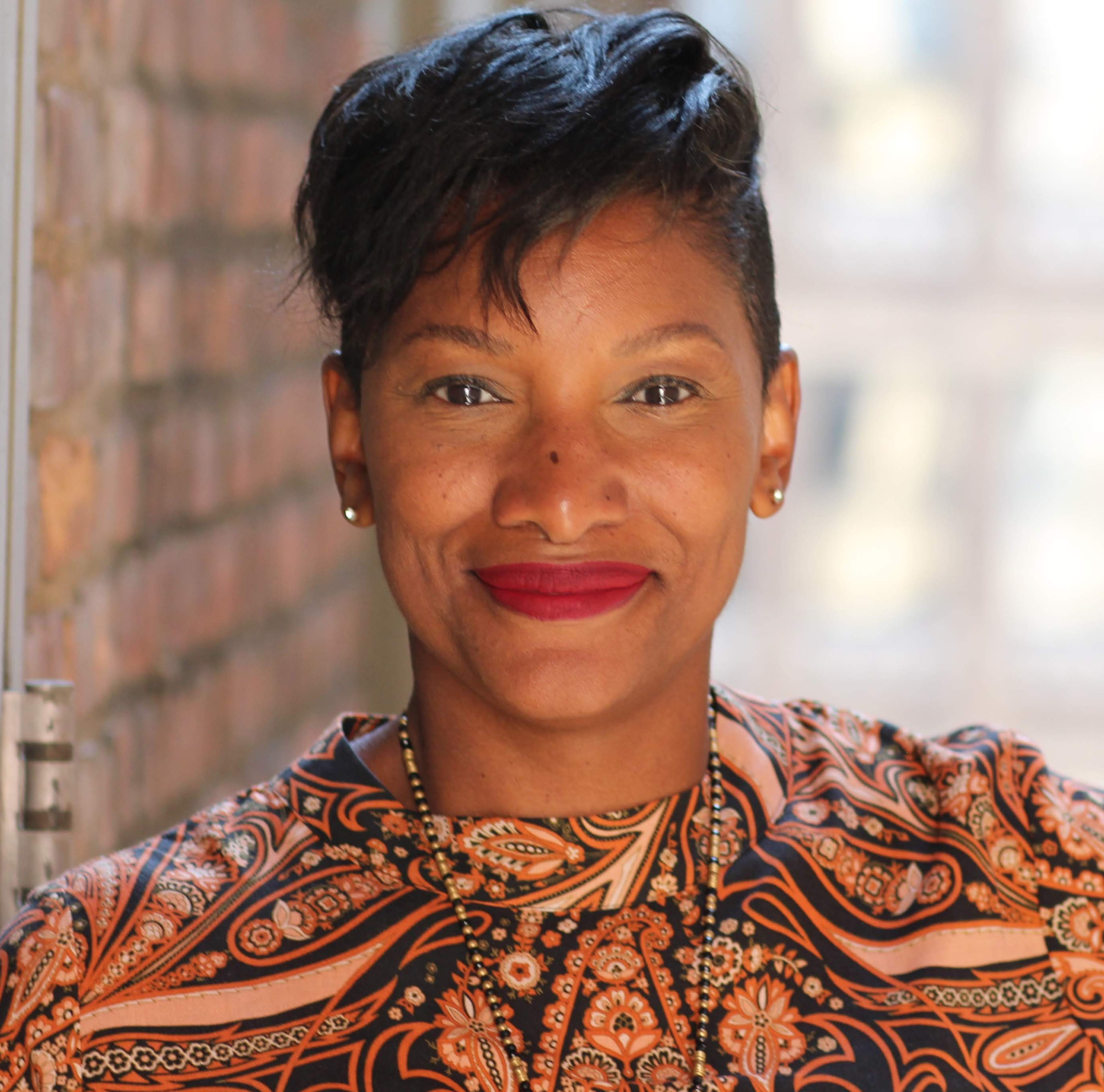One of the most important leadership qualities to nurture, particularly from a Social Emotional Intelligence point of view, is effective communication. Effective communication can be easy to cultivate when you are simply transmitting information to your team, or when you are alignment with those with whom you are communicating.
But what happens when there is disagreement, or discord?
In this three part series, we will dig into the topic of discord, and explore how—through mindfulness techniques originated from Buddhist practices—discord can not only be healthy, it can also be a vital part of growth and productivity.
Today, we will explore what discord even is, and why we fight so hard against it.
**
Healthy Discord, Part One: Our Constant Battle With Discord
What is discord?
One definition describes it as a disagreement between two people. Another definition defines it as a lack of harmony between notes sounding together. I absolutely love the second definition because it really gets to the heart of what is happening within us. When we are at odds with someone, we feel a lack of harmony with the person we’re disagreeing with.
Why don’t we like discord? Generally, we want people to be aligned with the thoughts, ideas, and agendas that we set forward. While we don’t necessarily set out to be megalomaniacs, our quest for harmony is constantly uprooted by our need to have others on board with our agenda. And these human moments are constantly arising as we’re moving through life. We all want to cultivate a healthy environment, life of virtue, and understanding of others but our pesky cynical selves keep getting in the way.
While we know a regular practice of mindfulness will help keep the cynic in us at bay, we can’t stop our urges to want to control a situation beyond reason. I saw this happen in my own life recently. There I was, smack dab in the middle of some real icky discord that made me want to just run, shut down and check out. The beauty of that moment was that I remembered my mindfulness practice and thought, “Now’s a good time to follow my own advice.” I took a long hard breath. Then I dug into my bag of mindfulness and what I already knew.
What was I holding onto in this moment? Was it that I wanted them to “see it my way” or was there something greater at stake? I took several moments during this conversation and looked at what was true. Working this out in real time took a lot of brain power, vulnerability with myself and honesty.
The truth was ugly.
I realized in this moment that I wanted to be right. I wanted to seem smart and most of all my feelings were hurt because this person’s truth meant that I was alone in my thinking. My sense of belonging was shattered. My sense of status was crushed and my ego above all was wounded.
When we engage in a disagreement with someone, our brains may process these interactions as stressful occurrences. The oldest part of our brain which houses the amygdala is constantly looking for threats. Depending on how severe these threats are we can perceive these threats as stress. Our brain then tells our body to release the stress hormone, cortisol. This evolutionary response is important to human survival, though. Over 200,000 years ago we relied on this stress response to maintain good standing in the tribe. If our peers saw us as useful, correct and agreeable we were accepted by our tribesmen. The need to be right was inherent to our survival. However, if our tribesmen saw us as combative, wrong and disagreeable we were subject to rejection from the tribe which meant losing the safety that the tribe had to offer and possibly even lead to being eaten by a saber tooth tiger.
Now, the saber tooth tiger looks different. It has a shirt and tie, sits in the cubicle next to yours and won’t agree with you on how to adjust the quarterly report. Our evolutionary instinct still exists to feel uncomfortable if someone disagrees with us and our reactions are similar to prehistoric cavemen where we become combative and protective of our stance.
Anger and defensiveness is a communication pitfall and can end a conversation before we can get to solutions. Being mindful about our communications can broaden understanding on what is happening in the moment. If we don’t create safe spaces for our colleagues to rumble with ideas that we don’t always agree with, we are limiting our creativity and crushing the creativity of those around us.
I invite you to examine how you can encourage brave and healthy discord without the attachment to your own agenda. Where can you relax into discord that sometimes comes with a side of discomfort?
**
Join us for more dialogue on topics related to social emotional leadership! Check out our schedule of free virtual webinars here: https://www.tlpnyc.com/free-workshops
And for previous articles on leadership, visit our home blog page: https://www.tlpnyc.com/blog




Comments [0]
Click here to read/write comments